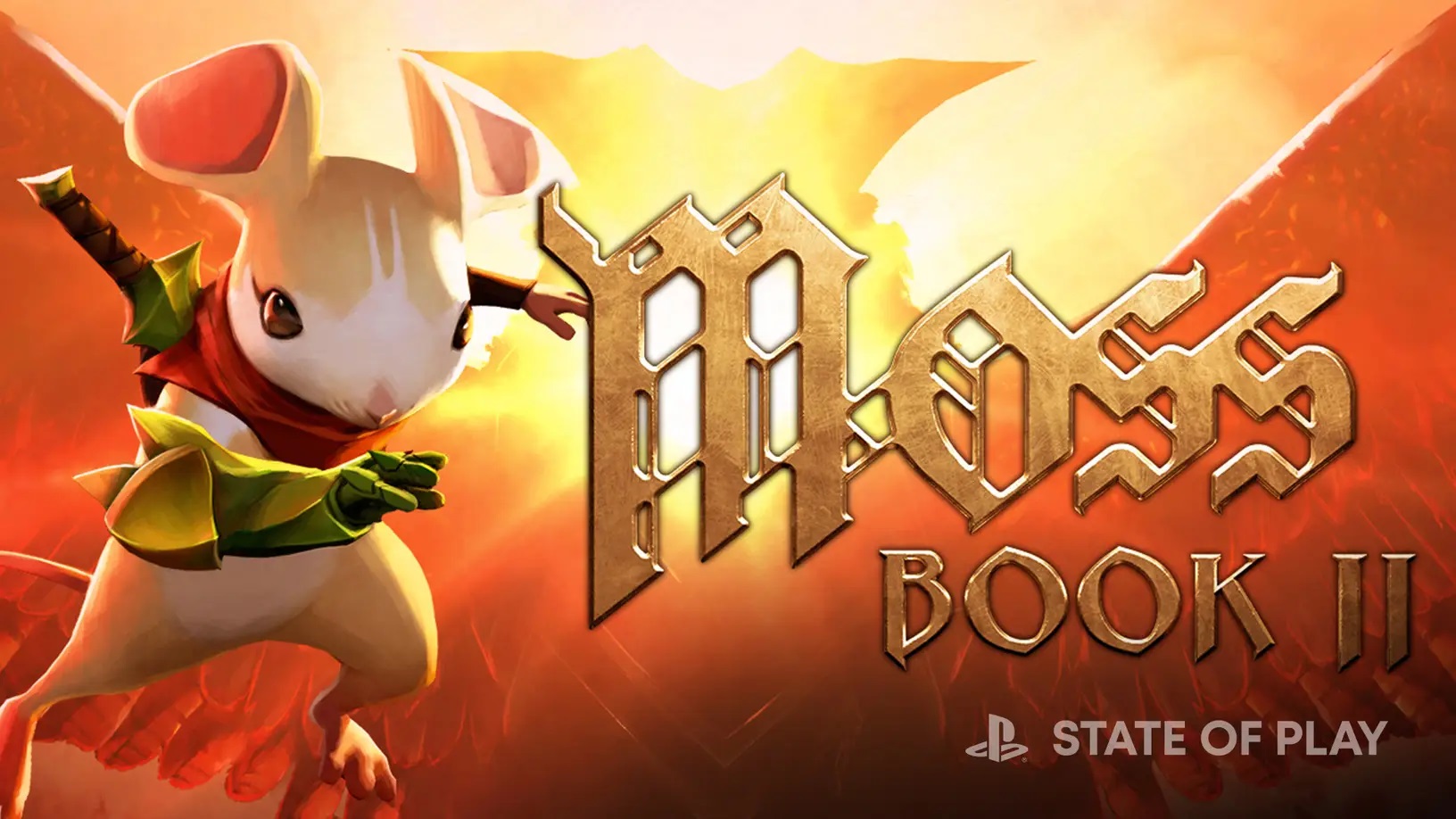

Some characters know of them only through legend, through whispered myths that paint Readers as malevolent interlopers. The player assumes the role of a Reader, an ever-looming spectre from another world – an unseen hand orchestrating events from behind the scenes. By establishing the player as an outside influence, it lampshades that disconnect and uses it to astonishing narrative effect. The relationship between the player and Quill is a fascinating use of the unavoidable disconnect that still exists in virtual reality. Help her through a battle with mechanical beasties ten times her size and she might extend her minuscule paw out for a high five. She knows you’re there, occasionally glancing up at your towering spectral form and offering little affirmations in ASL. Much of the immediate joy of Moss is down to how truly alive and independent from the player Quill is. You don’t become Quill, you accompany and guide her through a myriad of puzzles and battles – directing her with the analogue stick while you exert your own will on the environment by moving platforms and possessing enemies.

The act of reading gives this realm life, creating a metaphysical bond with Quill – a teeny tiny mouse with a big sword and an even bigger quest to collect magic stones and save the world. Moss is a fairytale, a hardbound tome about a realm populated by brave rodents and evil owls that you stumble on in a library.

So many virtual reality games seem obsessed with the first person perspective, viewing it as the most direct route to player immersion.


 0 kommentar(er)
0 kommentar(er)
